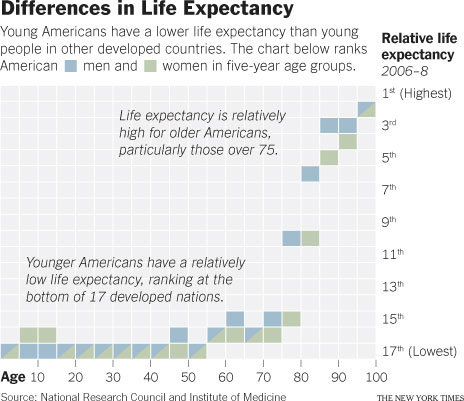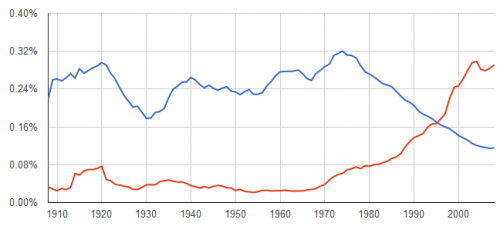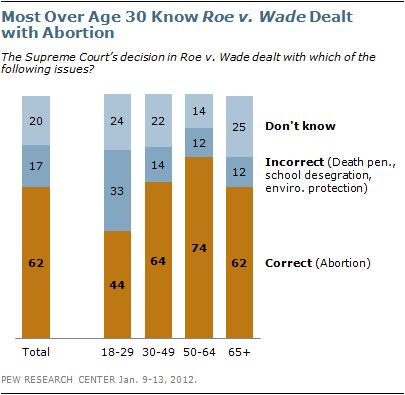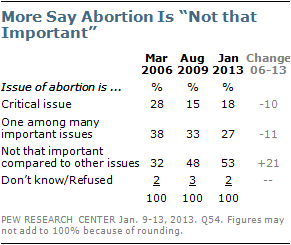Cross-posted at PolicyMic. At the end of my sociology of gender class, I suggest that the fact that feminists are associated with negative stereotypes — ugly, bitter, man-haters, for example — is not a reflection of who feminists really are, but a sign that the anti-feminists have power over how we think about the movement. The very idea of a feminist, in other words, is politicized… and the opposition might be winning.
At the end of my sociology of gender class, I suggest that the fact that feminists are associated with negative stereotypes — ugly, bitter, man-haters, for example — is not a reflection of who feminists really are, but a sign that the anti-feminists have power over how we think about the movement. The very idea of a feminist, in other words, is politicized… and the opposition might be winning.
A clip forwarded by Dmitriy T.C. is a great example. In the 1.38 minute Fox News clip below, two pundits discuss a North Carolina teacher, Leah Gayle, who was accused of having sex with her 15-year-old student. One of the show’s hosts suggests that feminism is to blame for Gayle’s actions. She says:
There’s something about feminism that lets them know, I can do everything a man does. I can even go after that young boy. I deserve it… It’s turning women into sexualized freaks.
This clip reveals a discursive act. She is defining who feminists are and what they believe. And this idea is being broadcast across the airwaves.
This happens all day every day. Some of the messages are friendly to feminists, and some are not. These messages compete in our collective imagination. Most have little to do with what feminists (who are a diverse group anyway) actually believe and many are outrageous lies and distortions, like this one.
So, next time you hear someone describing a feminist, know that what you’re hearing is almost never a strict definition of the movement. Instead, it’s a battle cry, with one side competing with the other to shape what we think of people who care about women’s equality with men.
Lisa Wade, PhD is an Associate Professor at Tulane University. She is the author of American Hookup, a book about college sexual culture; a textbook about gender; and a forthcoming introductory text: Terrible Magnificent Sociology. You can follow her on Twitter and Instagram.














